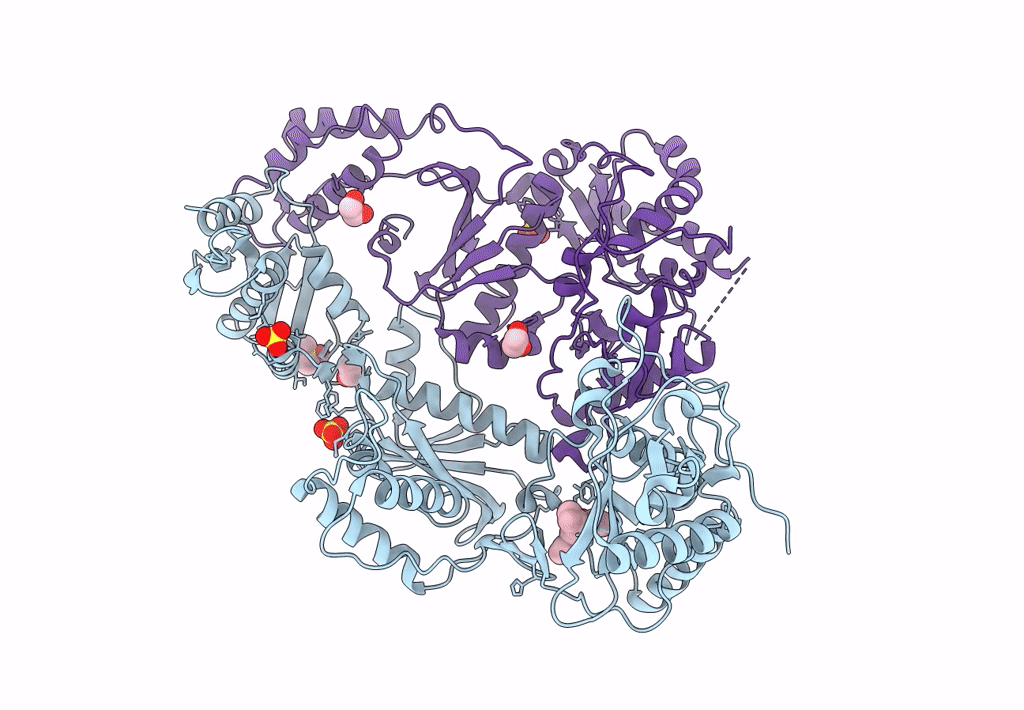
Deposition Date
2022-12-10
Release Date
2023-04-26
Last Version Date
2024-05-22
Entry Detail
PDB ID:
8FFX
Keywords:
Title:
Crystal structure of HIV-1 reverse transcriptase in complex with non-nucleoside inhibitor 19980
Biological Source:
Source Organism:
Human immunodeficiency virus type 1 BH10 (Taxon ID: 11678)
Host Organism:
Method Details:
Experimental Method:
Resolution:
2.42 Å
R-Value Free:
0.26
R-Value Work:
0.21
R-Value Observed:
0.21
Space Group:
C 1 2 1


